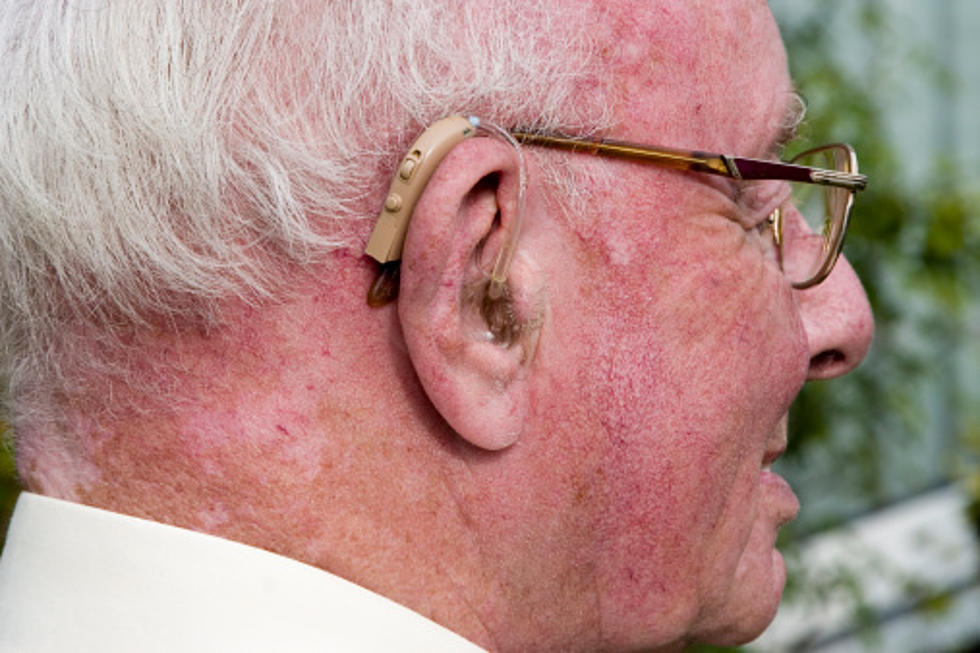
My Morning Drive
I drive to work from Cut Bank everyday and this morning I was treated to a really cool site - Sun dogs! I had to pull over and grab a photo:
I'm wasn't sure how "usual" sun dogs are, so I had to break out the Google when I got to my desk - it turns out that according to Wikipedia:
Sun dogs are commonly caused by the refraction of light from plate-shaped hexagonal ice crystals either in high and cold cirrus or cirrostratus clouds or, during very cold weather, drifting in the air at low levels, in which case they are called diamond dust. The crystals act as prisms, bending the light rays passing through them with a minimum deflection of 22°. As the crystals gently float downwards with their large hexagonal faces almost horizontal, sunlight is refracted horizontally, and sun dogs are seen to the left and right of the Sun. Larger plates wobble more, and thus produce taller sundogs.
Sun dogs are red-colored at the side nearest the Sun; farther out the colors grade through oranges to blue. However, the colors overlap considerably and so are muted, never pure or saturated. The colors of the sun dog finally merge into the white of the parhelic circle (if the latter is visible).
The same plate shaped ice crystals that cause sun dogs are also responsible for the colourful circumzenithal arc, meaning that these two types of halo tend to co-occur. The latter is often missed by viewers, however, since it is located more or less directly overhead. Another halo variety often seen together with sun dogs is the 22° halo, which forms a ring at roughly the same angular distance from the sun as the sun dogs, thus appearing to interconnect them. As the Sun rises higher, however, the rays passing through the plate crystals are increasingly skewed from the horizontal plane, causing their angle of deviation to increase and the sun dogs to move farther from the 22° halo, while staying at the same elevation.
Now you can tell your kids you learned something today!









